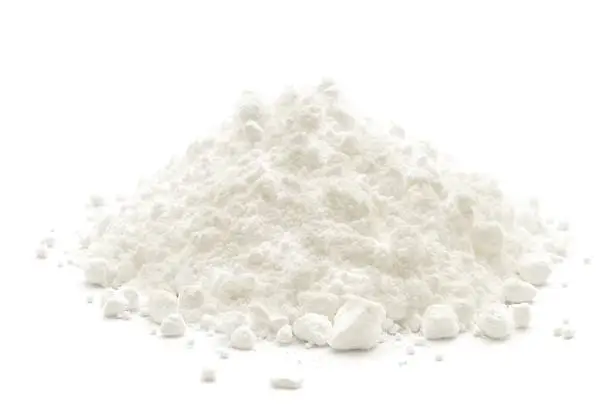Polyoxyethylene Lauryl Ether - Taiwan
|
IUPAC Name |
: Polyoxyethylene Lauryl Ether |
|
Cas Number |
: 9002-92-0 |
|
HS Code |
: 3402.19.00 |
|
Formula |
: C₁₂H₂₅(OCH₂CH₂)ₙOH |
Basic Info
|
Appearance Name |
: Clear, colorless to light yellow viscous liquid |
|
Common Names |
: Brij® L23, Brij 35, Ethoxylated lauryl alcohol, Polyethylene glycol dodecyl ether, Polyoxyethylene (23) lauryl ether |
|
Packaging |
: 85 @ 180 kg Steel Drum, 15.3 MT |


.webp)


---bangladesh.webp)
 English
English
 Indonesian
Indonesian
 简体字
简体字
 العربية
العربية
 Español
Español
 Français
Français
 Português
Português
 日本語
日本語
 한국어
한국어
 Tiếng Việt
Tiếng Việt
